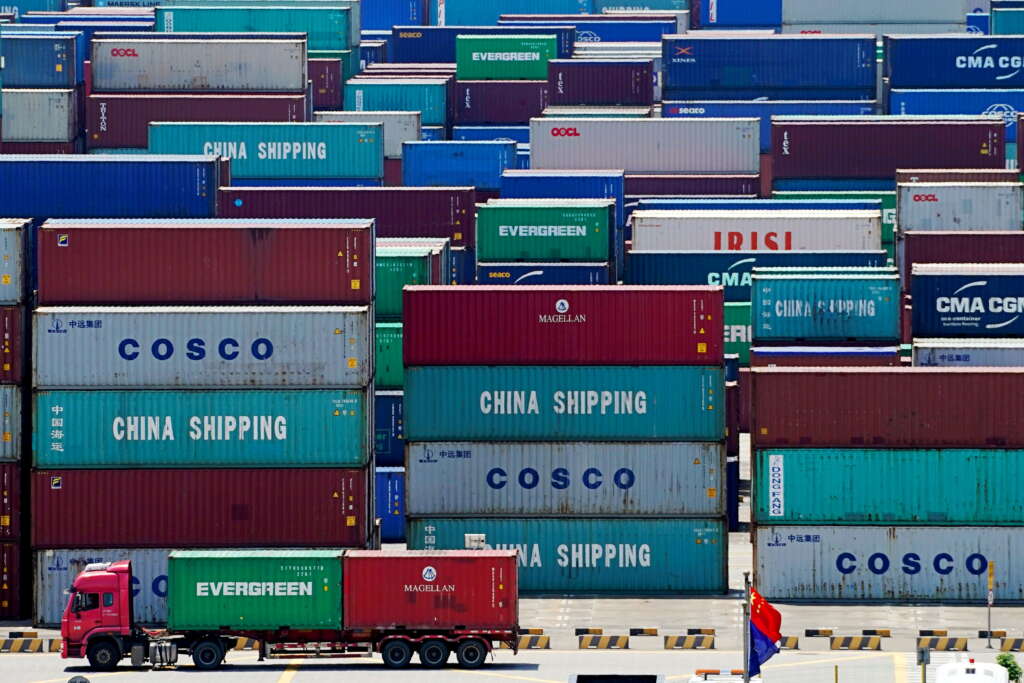BEIJING (Reuters) -China’s exports growth lost steam in November, pressured by a strong yuan, weakening demand and higher costs, but imports accelerated and came in well above expectations as the country scrambled to restock key commodities like coal.
Exports rose 22% on-the-year and imports jumped 31.7% in November, customs data showed on Tuesday.
Analysts in a Reuters poll had forecast November exports would increase 19.0% after jumping 27.1% the previous month.
Imports were forecast to have risen 19.8%, according to the poll, versus a 20.6% gain in October.
China’s coal imports in November hit their highest level in 2021, as the world’s biggest consumer of the dirty fuel scrambled during the onset of winter to feed its power system, which had been experiencing shortages.
The easing of the power crunch also helped increase demand for copper. Imports of the key industrial metal hit their highest levels since March.
Higher imports were likely more driven by the scramble for coal and restocking of iron ore and crude oil than a broader uplift in domestic demand, said Ting Lu, Chief China Economist at Nomura.
China posted a trade surplus of $71.72 billion last month, compared with the poll’s forecast for a $82.75 billion surplus. China reported an $84.54 billion surplus in October.
The data comes a day after China’s central bank announced a cut to the amount of cash that banks must hold in reserve, its second such move this year, to bolster slowing economic growth.
The country has staged an impressive rebound from the pandemic but there are signs momentum is flagging. Power shortages, regulatory crackdowns and debt troubles in the property sector are weighing on China’s recovery.
Analysts expect more supportive policy measures in the coming months.
A private sector survey showed factory activity fell in November, hit by higher prices and subdued demand. An official survey showed factory activity grew that month, however.
China’s factory gate inflation hit a 26-year high in October as coal prices soared amid a power crunch in the country’s industrial heartland.
No cases of the Omicron COVID-19 variant have been reported in China to date, but its emergence could add pressure to the strict zero-tolerance policy on coronavirus cases and increase logistical challenges for exporters, say analysts.
China reported 94 new confirmed coronavirus cases for Dec. 6, with locally transmitted infections in Inner Mongolia, Heilongjiang, Yunnan and Zhejiang.
(Reporting by Gabriel Crossley and Albee Zhang; Editing by Sam Holmes)
